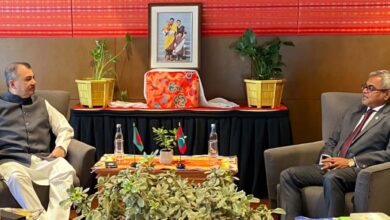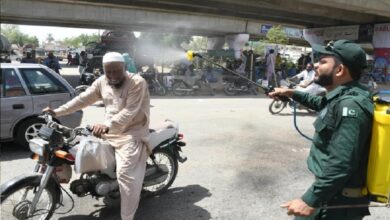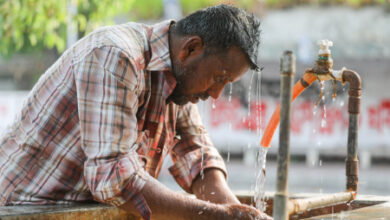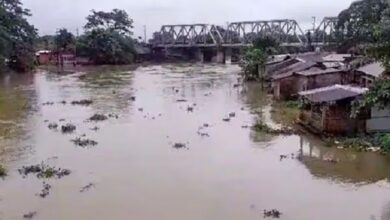A scorching divide: How heatwaves expose inequality
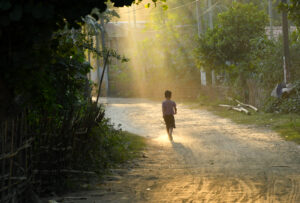
RAJA VENKATAPATHY MANI
Digital Communications Analyst, UNDP
As the scorching heatwaves are gripping many countries in the Asian subcontinent, it feels like summer came very early in 2024. From bustling cities to rural areas, record breaking heat has been experienced across parts of Bangladesh, Cambodia, India, Pakistan, the Philippines and Thailand. Several Indian cities recorded their highest temperatures ever, reaching as high as 50°C. Pakistan’s Sindh region recorded a temperature of 52°C, while Iba in the Philippines recorded 53°C. This has led to closure of schools and health alerts in the Philippines. In many Indian states, heat warnings have been issued requesting people to stay indoors. The heat, combined with high humidity, makes it difficult to go about our everyday activities.
According to the World Meteorological Organization’s State of the Climate Report, 2023 was the hottest year in recorded history. As temperatures rise, due to record levels of greenhouse gases in the atmosphere, climate change leads to more frequent and more intense extreme weather. The IPCC finds that countries in South and Southeast Asia are among the most vulnerable to climate change impacts. Being the most populated continent, the lives and livelihoods of millions of people are at risk.
Asia’s increasing number of heatwaves are an example of this. In India, temperatures going above 45°C during the summers was once a rare event, but now this is happening more frequently. If the world doesn’t take meaningful action to limit greenhouse gas emissions and address climate change, temperature records will continue to be broken. Today, temperatures going above 50°C during the summers is a rare phenomenon, like 45°C was some years back. We must not let them become the new normal, like temperatures of 45°C have become today.
Many shades of heat inequality
Heatwaves expose existing inequalities while giving rise to new disparities. Not everyone faces the consequences of heat equally; there is a stark divide depending on the socioeconomic situation.
Occupational inequality: Imagine in this extreme heat, people have to step outside to make a living where the air can feel like a furnace and can pose serious health risks. This is the reality of daily wage workers, cart vendors, farmers, waste pickers and millions of people living in the Asia-Pacific region.
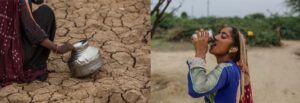
Photos: UNDP India/Abhir Avasthi and UNDP India/Dhiraj SIngh
Economic inequality: People who can afford better lifestyle, housing and healthcare can face the heat with less consequence, while people who lack resources cannot escape. Heat affects their health which in turn affects their work and economic situation therebylimiting their opportunities and threatening to maintain or further increase the cycle of inequality.
Health inequality: Extreme heat can cause serious health risks in the form of heat stroke, respiratory problems, stress and even death. Those who are more exposed to heat are often the ones who don’t have access to quality healthcare services.
Gender inequality: Due to structural barriers women and girls are affected by extreme heat more than men in terms of work, pay and health. During heatwaves, women are more likely to experience job losses and increased caregiving responsibilities. This affects their education, economic opportunities and overall well-being while further exacerbating gender inequalities.
Geographic inequality: Cities, where most of us live, face an increased burden from rising temperatures. This is partly due to a phenomenon known as the ‘urban heat island’ effect, which occurs when cities replace natural land cover with dense concentrations of pavement, buildings and other surfaces that absorb and re-emit heat, causing more severe heatwaves. This heat is often followed by droughts and heavy rains, resulting in floods that then increase poverty and food insecurity. This underscores the need for more green spaces in urban areas, which act as natural cooling mechanisms.
A borderless crisis
Climate change doesn’t know borders and affects everyone. Though Bhutan is a carbon negative country, it is highly exposed to climate change impacts. In Bhutan’s Lunana, one of the highest human settlements in the world, glacial lake outbursts are a threat to lives and livelihoods. As temperatures rise, glaciers melt faster sending more water downstream. This demonstrates another harsh inequality: without having contributed to global emissions, people living in this remote area of Bhutan still have to face the consequences.
Every fraction of a degree increase in average temperatures can have a significant impact on the climate and weather patterns, often with a devastating effect on the people and the planet. We are witnessing the effects of climate change so far: extreme weather, water scarcity, food shortages and biodiversity loss on land and in the ocean. These impacts are increasing inequality and displacement, affecting development and global prosperity.
Keeping global average temperature increase below 1.5 °C is therefore not an option but an absolute necessity. Governments must take action to cut emissions and protect their people, especially those who are most vulnerable.

